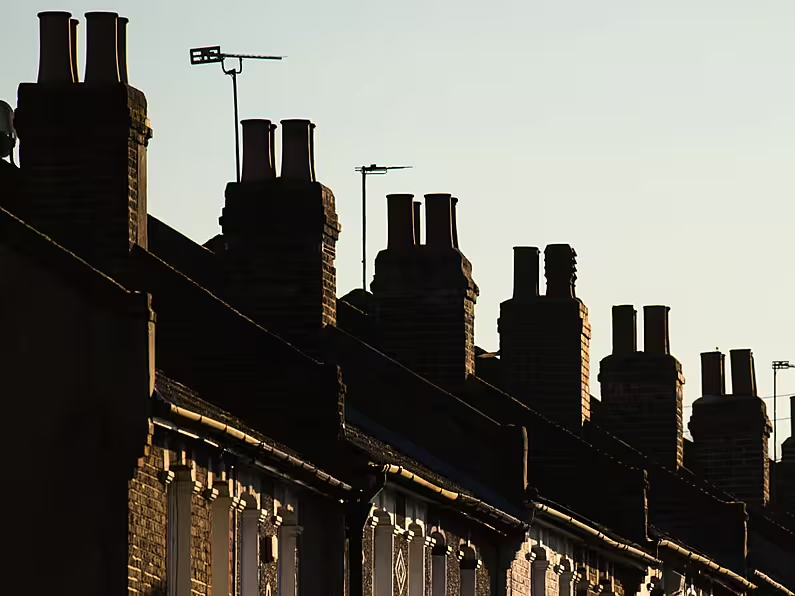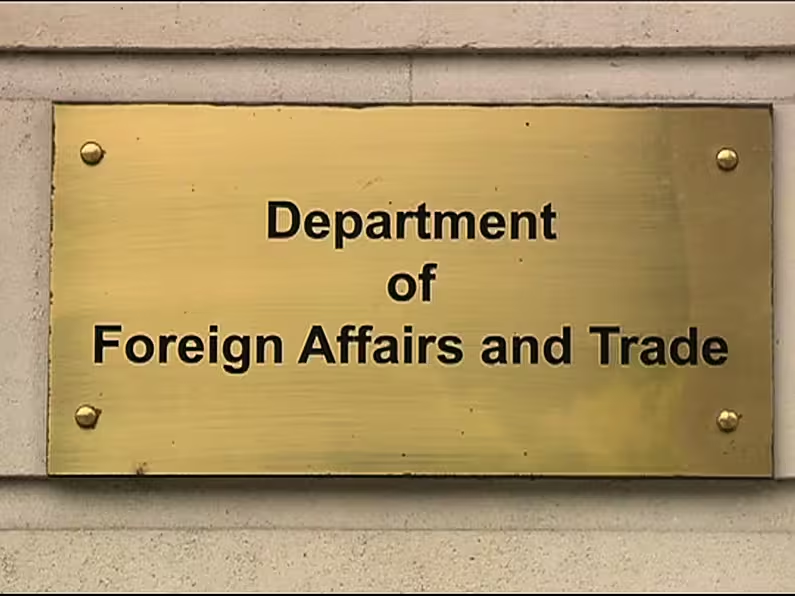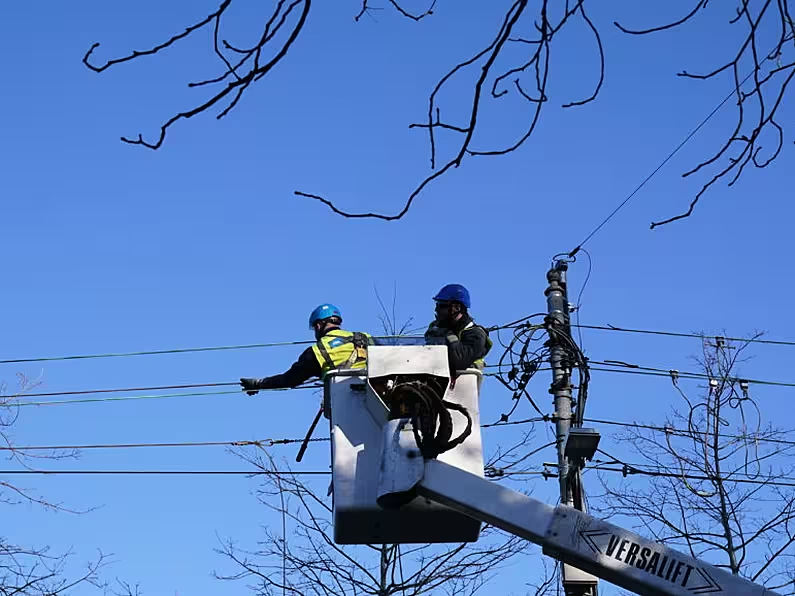Digital Desk Staff
Half of Ireland’s tenants spend more than 30 per cent of their take-home pay on rent, while 12 per cent spend more than half their income on keeping a roof over their head, according to new research.
As The Irish Times reports, the survey from the Residential Tenancies Board (RTB) also suggests that moves by small landlords to exit the rental market over the next five years will impact on supply and see average rents accelerate even more quickly.
Affordability is a central issue in the report published on Wednesday, with rent levels often seen as out of tenants’ control and not linked to income.
Tenants are paying on average 36 per cent of their net income on rent, with half spending more than 30 per cent of their take-home pay on rent, climbing to 64 per cent in the greater Dublin area.
When speaking to researchers, tenants outlined multiple reasons for renting including easy access to work and school and because they were unsure where they wanted to live in the long term.
Saving for a deposit
However, one in five said they were renting because they could not get a mortgage, with a further 15 per cent saying they were renting while saving a deposit for their own home.
A significant percentage of those polled believe Central Bank rules on mortgage lending make it more difficult for them to buy their own homes.
The report is one of the largest studies ever undertaken of the rental sector in Ireland and suggests there is “no real evidence of the stereotypical conflicts” with both landlords and tenants largely happy with their respective relationships.
All told, 79 per cent of tenants described their experience renting in the private sector as either positive or very positive, while 88 per cent of small landlords rated their experience with their tenants as “positive” or “very positive”.
While most small landlords appear set to remain in the market for the foreseeable future, their contribution will decline as the market changes, the report says, with 26 per cent of small landlords planning to sell a rental property in the next five years.
On the other end of the spectrum, large landlords have clear intentions to expand their portfolios, which suggests that the profile of landlords is set to change.












